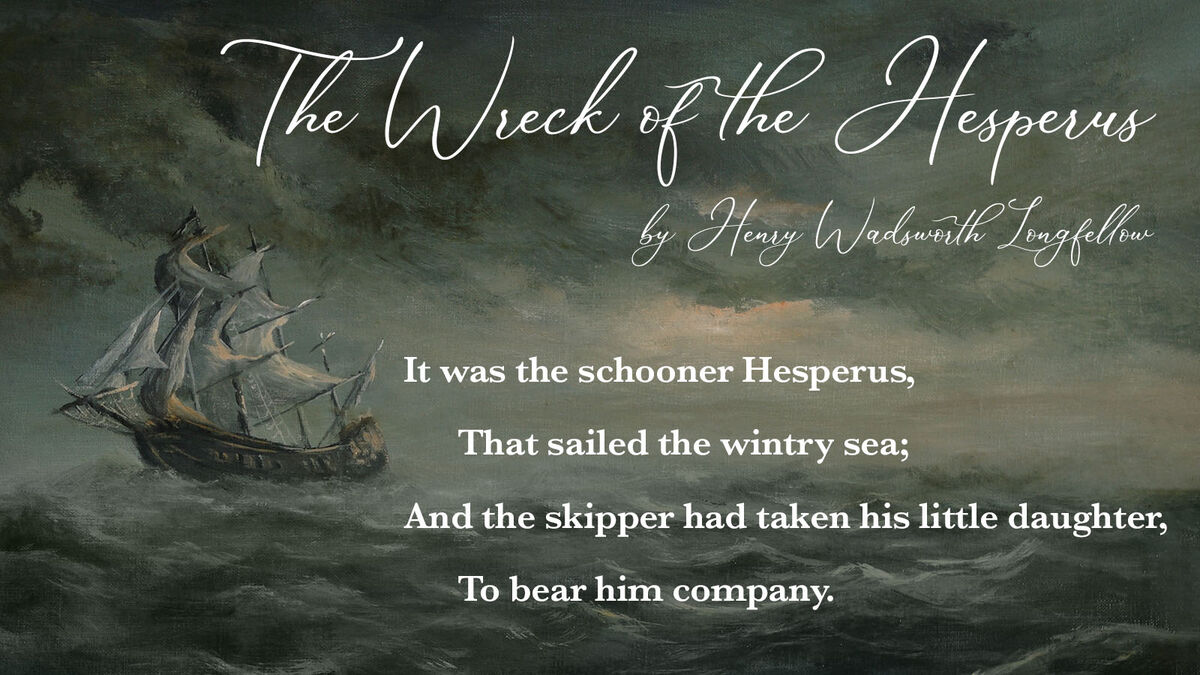A grouping of lines in a poem.
Stanza
Detailed descriptions that evoke the 5+ senses
Sensory or Literal Imagery
a comparison of two seemingly unlike objects that does NOT use “like” or “as” (X=Y; X is Y)
Metaphor
It is language that is sung, chanted, spoken, or written. It emphasizes the relationships between words on the basis of sound as well as sense.
Poetry
as cold as ice
Simile
a concrete object or place that stands for an abstract idea.
Symbol
A word, phrase, or line deliberately repeated in a poem for stylistic effect.
Repetition
This mnemonic device is intended to help us begin analyzing a poem.
FLIRT
exaggeration for stylistic effect.
Hyperbole
The flowers danced to the wind
Personification
Literally, a cut; a pause or break in the middle of a line of poetry
Caesura
Who or what the poem is about; the main idea of the poem.
Subject
Imperfect rhyme; words that look like they would rhyme, but don’t actually share the same sound.
Slant Rhyme
The pattern of stressed and unstressed syllables in lines of poetry.
Rhythm
Buzz-The bee buzzed in my ear. Boom-The boom of the fireworks scared the baby. Meow-The cat meowed for some milk.
Onomatopoeia
Also called a “run-on line. The “running over” of the sense and grammatical structure from one line of poetry to the next without a punctuated pause.
Enjambment
Full, half, slant are types of...
Rhyme
A recurring word or image; unlike symbolism, it can be dynamic and change with each new iteration.
Motif
The repetition of the same vowel sound within nearby words.
Assonance

Quatrain
refers to written language that tends to be more formal than everyday speech, and which (usually) follows set rules of grammar and syntax. Most writing we are familiar with—novels, essays, news articles, etc.—are examples of this. Its significant unit is the sentence, and these are often organized into paragraphs.
Prose
This is when the rhythm of a poem is structured so that it is “regular,” meaning it recurs in approximately equal units. The most common form is iambic pentameter
Meter
A poet’s word choice. When reading poetry, look for the most powerful words and consider their various meanings.
Diction
Where the rhyme exists within a line rather than at the end.
Internal Rhyme:
You can fool some of the people all of the time and all of the people some of the time, but you can't fool all of the people all of the time.
Epiphora